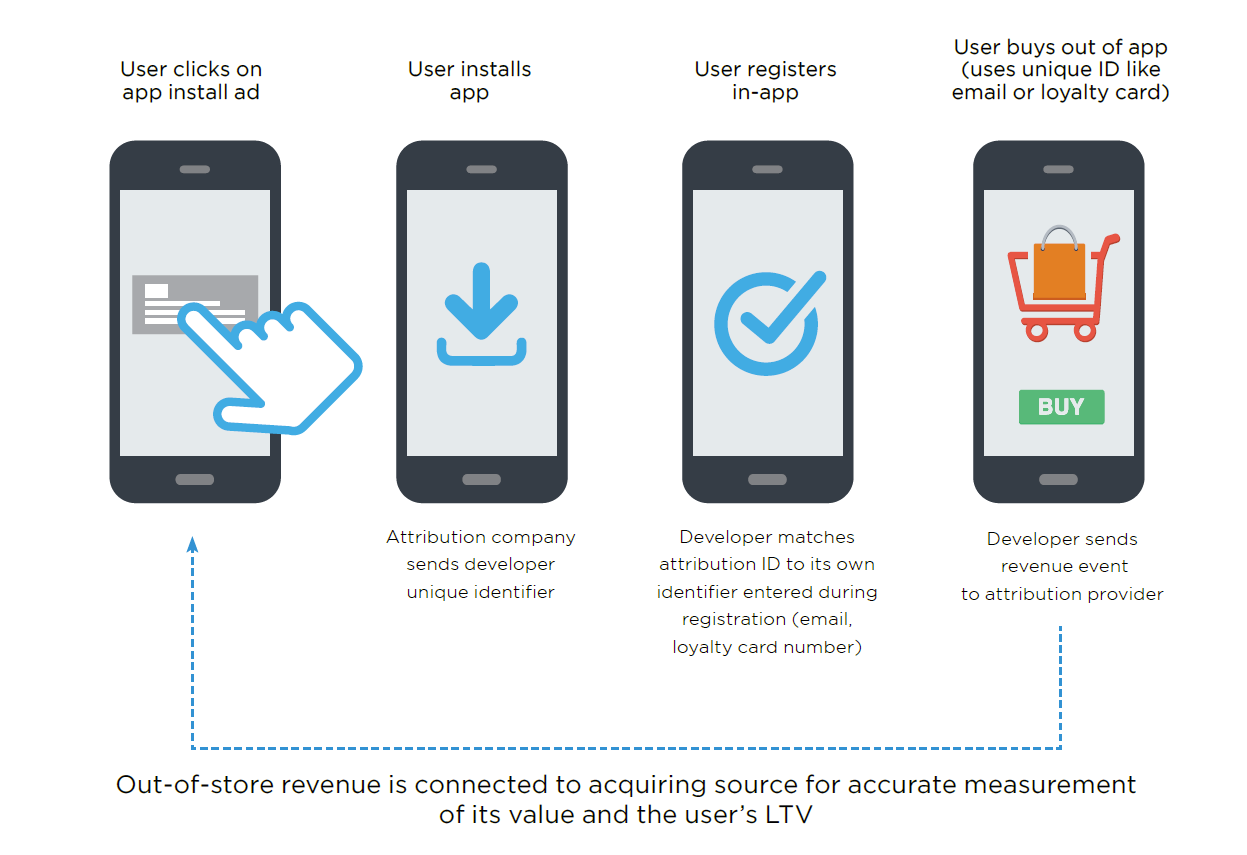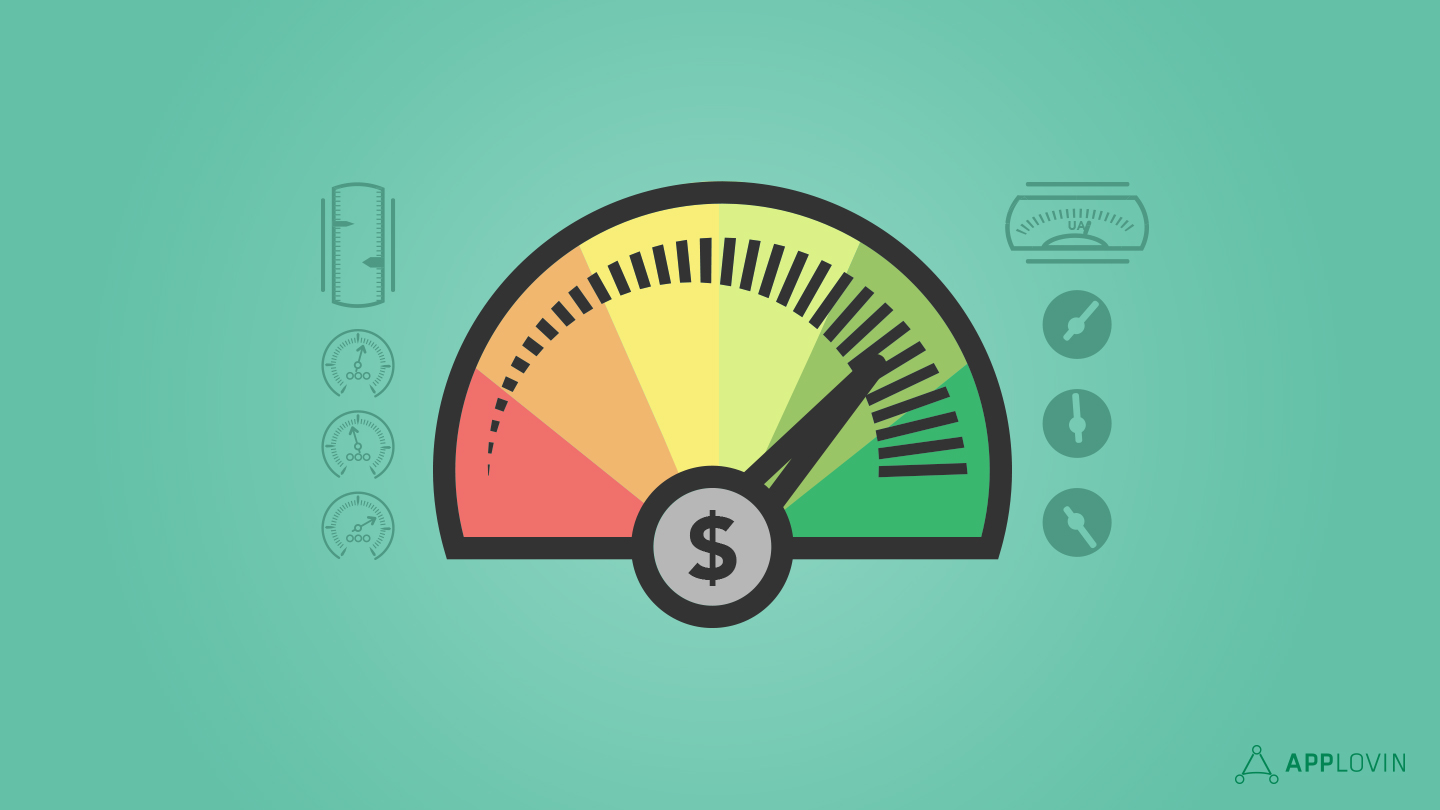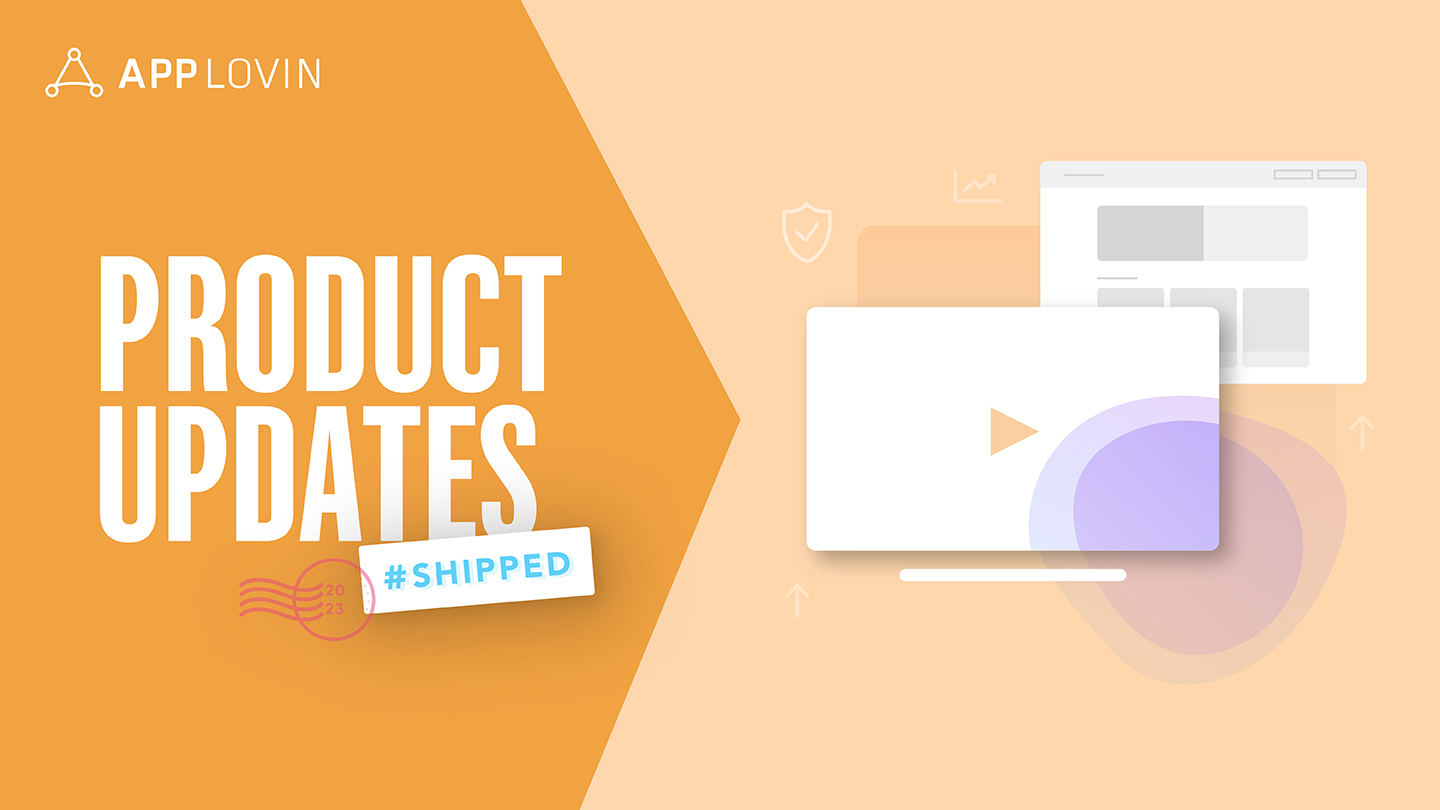Technical performance issues, such as stalls, failure to play videos, or crashes have a profound impact on an app’s user experience (UX), often with severe implications for a user’s lifetime value (LTV). But until recently, it’s been difficult to impossible for developers, marketers, customer service representatives, and other members in an organization to access this data, let alone do anything with it.
Part of that is due to a lack of mobile-centric tools for engineers to work with, part of it has to do with marketers and developers not spending much time in each other’s worlds, and part of it has to do with the fact that a lot of organizations still don’t look at mobile as a fundamentally different thing from web.
Performance creates experience; experience determines value
Most app marketers don’t pay much attention to technical performance issues unless they have a specific reason, like if a new version release gets flamed in App Store reviews over slow load times. But beyond these ‘public fail’ scenarios, the average marketer doesn’t spend much time thinking about technical performance. Why?
One reason is that until recently, there hasn’t been much in the way of tools to help reconcile an app’s technical performance with impacts to LTV or any other business outcome. Another contributing factor is that the people in your organization who do look at your app’s technical performance data often don’t make it a habit to proactively share their findings with marketers and customer service types who get stuck dealing with upset users whenever something goes wrong. Even if the engineering team is motivated to share performance data, odds are that your marketers and customer service folks charged with supporting user experience wouldn’t know how to interpret it.

Finally—and this is something the whole industry is still figuring out—mobile has its own dynamic. For example, mobile apps aren’t the same as web apps, either from a technical or marketing point of view. For example, web marketers are conditioned to think in terms of a simple point-of-sale: they think, “I have a cart (my POS), and I have an average sales figure. If I make sure the majority of shopping carts proceed to a successful checkout, I don’t really have to worry about individual purchases.” In this web scenario, simple retargeting works really well—you just find the customer somewhere else on the web and pay for them via a targeted ad to come back and buy more.
That’s quite different than in the mobile apps scenario where people come back far more organically, but when they do leave the sales funnel, it’s quite often because of a technical issue (or more likely a series of them) that the marketer knows nothing about and therefore can’t factor into the long-term LTV curve. So, while the missions of the app performance team and marketing team may seem quite different, the tie that binds is ensuring a great user experience, and the measurement for doing so at the end of the day is lifetime value.
The degrading truth about LTV

Let’s take a moment to define LTV a bit more thoroughly and understand it from the eyes of a performance marketer, as non-performance-based apps generally don’t think in terms of LTV.
The easiest way to think of LTV is as a way of measuring the revenue that a specific cohort, or segment, accrues over time. As a performance marketer, your job is to maximize LTV for each specific cohort. To do this, marketers focus on two things:
- Moving LTV up, or changing the trajectory of its curve by bringing in the right types of users and iterating on your app’s most popular and productive features; and
- Conducting live ops, aka constantly re-engaging users with a good, personalized experience, leading them to stick around (and thereby increasing LTV).
That’s all pretty simple. But let’s study the flip side for a moment and think about what causes LTV to degrade. Most often, it’s not any one thing, but rather death by 1,000 cuts. The logic goes like this:
Every less-than-optimal experience with your app that you don’t address, every feature you add that’s not pleasing, and every time you keep from allowing users to pay for things they want to, you degrade user experience and lose users prematurely, thereby decreasing LTV. This creates a vicious cycle by shrinking the gap between LTV and cost per acquisition (CPA), making it harder for you to market your app.
From a technical performance standpoint, degradation comes in a lot of forms: slow experiences, abrupt closes, frozen experiences (e.g. spinners of death), apps misusing CPU memory, apps not looking at power mode or connectivity status correctly…each of these things may lower a user’s LTV by 1% or 2% at a time, according to Embrace.io founder Eric Futoran. Individually, the effect of these experience degradations is miniscule, but in aggregate they are LTV killers.
Most of the time, nobody will catch these degradations as they are happening, or even in time to do anything about them. So what’s being done to change things?
Finding new ways to look at performance is pivotal
Everybody along the performance continuum needs to adjust their thinking a little bit. For developers, that means connecting the dots between technical issues and business outcomes, a capability that is growing, thanks to new technologies (see below). For marketers, the challenge is getting to the recognition that individual users need to be approached individually (through personalization), but they still need to be aggregated to determine what actions to take.
In some instances, the ability to do so boils down to data science chops. In many others, it really has to do with mentality and setting things up so that a marketer or customer service rep has easy access to the tools needed to examine an individual user’s complete experience with your app. In other words, it’s about making data available and usable on a device/user/session-specific level to whoever might need it to do their job better.
To power these new capabilities, you need to connect technical performance from the back of the house to the front, and visualize it without forcing people to adopt too many new tools—basically, solutions built for the engineer to help the marketer. There are already a lot of tools out there to synthesize marketing data across an army of SDKs, so why should it be so hard to add technical data pipes to the mix?
Advancing the conversation around performance
The mobile apps industry is already starting to see this aggregation/unification of data being surfaced and visualized for role-specific needs.
Datadog is a DevOps tool that’s started to surface technical data with a view to the marketing side. Embrace.io is blazing new ground in helping app publishers interpret how technical performance impacts business outcomes. Tableau is pulling technical data in to help whole organizations understand the relationship between experiences and organizational KPIs.
All of this is leading to new understanding of the performance marketer’s core metric, LTV. Is LTV affected by technical issues? Yes. An app performance improvement? Yes. An in-app marketing campaign with a poor UX? You bet. In many ways, the app industry is re-learning something that in-app ads have already taught us: a poor experience, even one that has nothing to do with your app, can and will degrade a user’s experience, cause them to abandon, and severely damage LTV on the whole.
The good news is that the evolution of these new tools and the gradual integration of higher-value technical performance data visualization for marketing use cases will drive more conversations that bridge the technical and business sides of your app organization.
Mingled with evolutions in feature measurement techs (e.g. MixPanel, Amplitude), this will create a more holistic perspective on performance measurement, aligning all parties to focus on delivering a consistent, quality user experience—ideal conditions for LTV to thrive.









